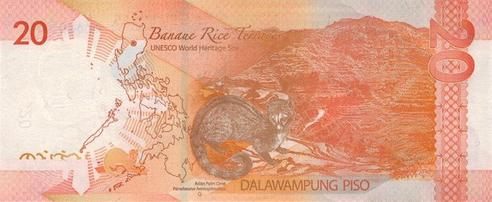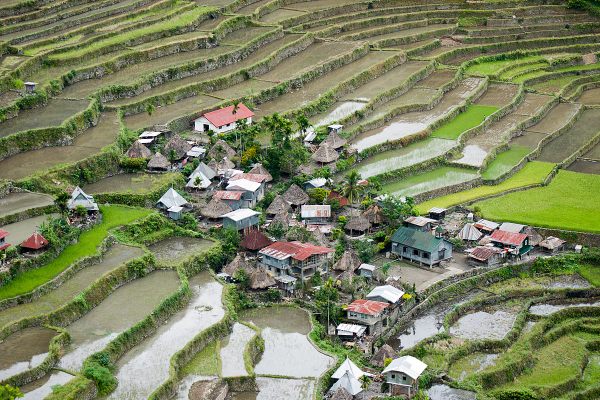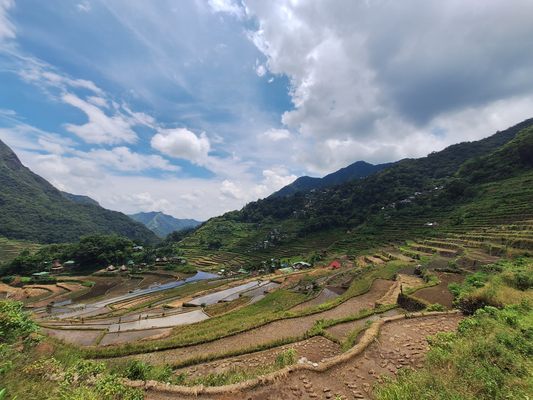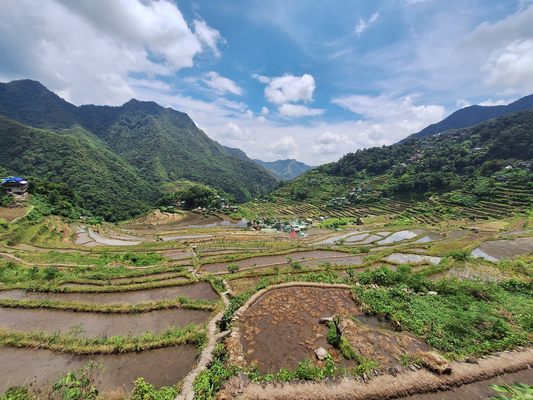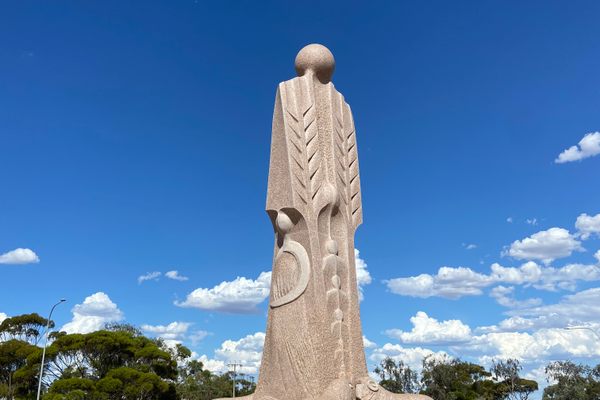About
Landscape shaped by rice paddy farming is often associated or even equated with idyllic rural beauty. There are times when the rice paddies are truly a mesmerizing sight, and those found in Batad belong to this category. These paddies form a majestic amphitheater, with the Batad village at the base.
The first terraces in Batad were carved out of the surrounding hills by the Ifugao people at least 2,000 years ago. These were eventually built upon and expanded generation after generation. Today, these terraces have been expanded along the steepest slopes to reach the very top of the hills. The view from the base of the amphitheater or from the top of the hills is equally breath-taking.
The longevity of continuous farming in this spot suggests outstanding sustainable management based on lunar cycles and zoning, leading to soil conservation, and several indigenous herbs and plants have been used to fence off natural pests. All of this was and still is integrated in socio-cultural practices emphasizing collective efforts and sharing. Autochthonous religious rituals further reinforced this approach to farming.
The technique for constructing terraces and irrigating the paddies for the purpose of farming rice found in Batad is common throughout the Philippine Cordilleras. The cultural significance of these paddies was officially recognized by the Philippine government in 1973, when they were declared “National Cultural Treasure”, and the depiction of these terraces ended up on 20 Peso banknotes.
Related Tags
Know Before You Go
There is no direct road reaching Batad. This may change, but for the time being, a 30 minute-hike is necessary. Several families offer modest accommodation inside the village, which gives also the opportunity to sample traditional Ifugao cuisine.
Published
June 7, 2021




